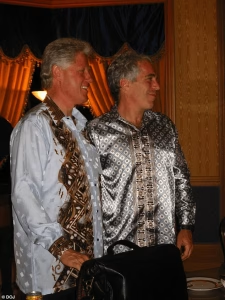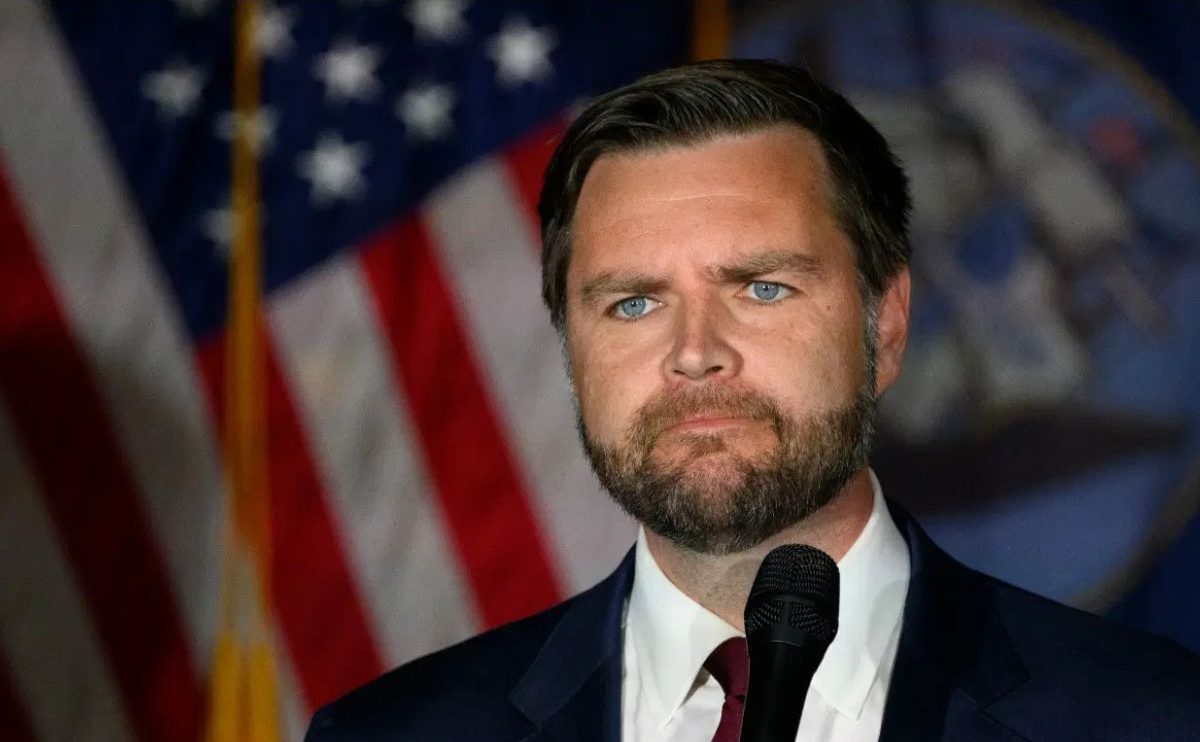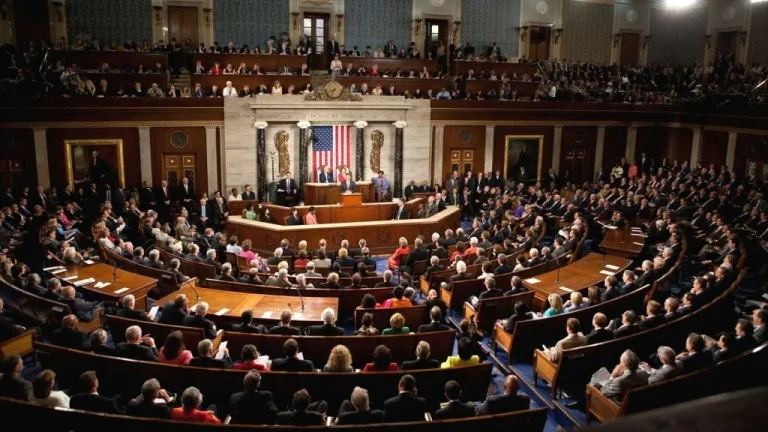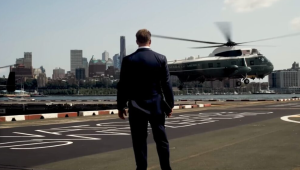Vice President JD Vance is expected to visit Los Angeles on Friday, stepping directly into a city still reeling from waves of protest, legal showdowns, and military presence triggered by recent immigration enforcement actions.
The visit comes during a moment of heightened tension between state and federal authorities. Protests have swept across the region following ICE operations ordered under the Trump administration. California leaders are pushing back—but the administration isn’t backing down.
What’s on Vance’s Itinerary?
According to a White House press readout, Vice President Vance will tour several federal installations including:
-
A multi-agency Federal Joint Operations Center
-
A Federal Mobile Command Center
-
And will meet with leadership from federal law enforcement and U.S. Marines
Vance is also slated to deliver brief public remarks during the visit. The Vice President’s team has not confirmed whether he plans to speak with state officials or local law enforcement.
Background: ICE Raids Trigger Public Backlash
Federal immigration enforcement raids began in Los Angeles earlier this summer, setting off immediate backlash from progressive groups, Democratic politicians, and local activists.
Demonstrations quickly escalated into clashes, prompting the Trump administration to deploy the National Guard and U.S. Marines to maintain order. Tensions have simmered since, but the heavy federal presence remains.
While the streets are calmer now, the political and legal fallout continues to grow.
Newsom’s Lawsuit Blocked
California Gov. Gavin Newsom sued the federal government last month in an attempt to block Trump’s control over the state’s National Guard troops. On Thursday, a federal appeals court denied his request, siding with the administration and allowing continued federal oversight of those forces.
That decision marks a major win for the White House—and a political blow for Newsom.
Dodgers Caught in the Crossfire
Amid growing confusion, even major sports franchises have been drawn into the fray.
The Los Angeles Dodgers claimed on social media that ICE agents had attempted to gain access to their stadium parking lots. But ICE quickly denied the accusation.
“ICE was never at Dodgers stadium,” the agency said on X, labeling the team’s claim “false.”
Later statements clarified that vehicles seen outside the stadium belonged to U.S. Customs and Border Protection (CBP), not ICE. The CBP said their brief presence was unrelated to any enforcement action and that no operation occurred at the site.
Who’s Behind the Protests?
An investigation is now underway to determine who may be funding or organizing the demonstrations.
Crowds on Demand, a California-based firm that rents out protest participants for corporate and political events, told Fox News that it had received “numerous high-budget requests” to participate in the anti-ICE demonstrations—but declined due to the risk of illegal activity.
The firm clarified that it does not associate with movements involving violence, vandalism, or unauthorized street blockages.
Federal Scrutiny Grows
Republican Sen. Josh Hawley of Missouri, chairman of the Judiciary Subcommittee on Crime and Terrorism, said his committee is issuing letters to several organizations suspected of supporting the protests.
Among them is CHIRLA (Coalition for Humane Immigrant Rights), a Los Angeles-based advocacy group with known links to immigrant rights campaigns and efforts to abolish ICE.
Rep. Kevin Kiley, a California Republican, echoed Hawley’s concerns. He pointed to CHIRLA’s history of political activism and questioned whether the group had financial or strategic ties to the current wave of unrest.
Public Funding Under the Microscope
According to public IRS data reviewed by Fox News, CHIRLA received $34 million in government grants, including three large donations of $750,000 each from the Biden administration.
The Million Voter Project, another California-based initiative tied to CHIRLA, also received some of those funds and was previously involved in anti-ICE and anti-recall campaigns in the state.
At this time, there is no direct evidence that either group financed the protests—or that they endorsed any violent actions. However, lawmakers are continuing to investigate possible indirect involvement.
What Comes Next?
As JD Vance arrives in Los Angeles, he enters a city that remains under federal watch and national scrutiny. The military remains active. Legal fights are intensifying. And a spotlight now shines on the organizations—and funding sources—behind the unrest.
While the Vice President’s visit may project strength, the deeper questions remain unanswered:
Who is truly behind these demonstrations? Are public funds being misused? And can trust be rebuilt in a city caught between two governments at odds?
As more facts come to light, the country will be watching—not just for headlines, but for answers.

Emily Johnson is a critically acclaimed essayist and novelist known for her thought-provoking works centered on feminism, women’s rights, and modern relationships. Born and raised in Portland, Oregon, Emily grew up with a deep love of books, often spending her afternoons at her local library. She went on to study literature and gender studies at UCLA, where she became deeply involved in activism and began publishing essays in campus journals. Her debut essay collection, Voices Unbound, struck a chord with readers nationwide for its fearless exploration of gender dynamics, identity, and the challenges faced by women in contemporary society. Emily later transitioned into fiction, writing novels that balance compelling storytelling with social commentary. Her protagonists are often strong, multidimensional women navigating love, ambition, and the struggles of everyday life, making her a favorite among readers who crave authentic, relatable narratives. Critics praise her ability to merge personal intimacy with universal themes. Off the page, Emily is an advocate for women in publishing, leading workshops that encourage young female writers to embrace their voices. She lives in Seattle with her partner and two rescue cats, where she continues to write, teach, and inspire a new generation of storytellers.







